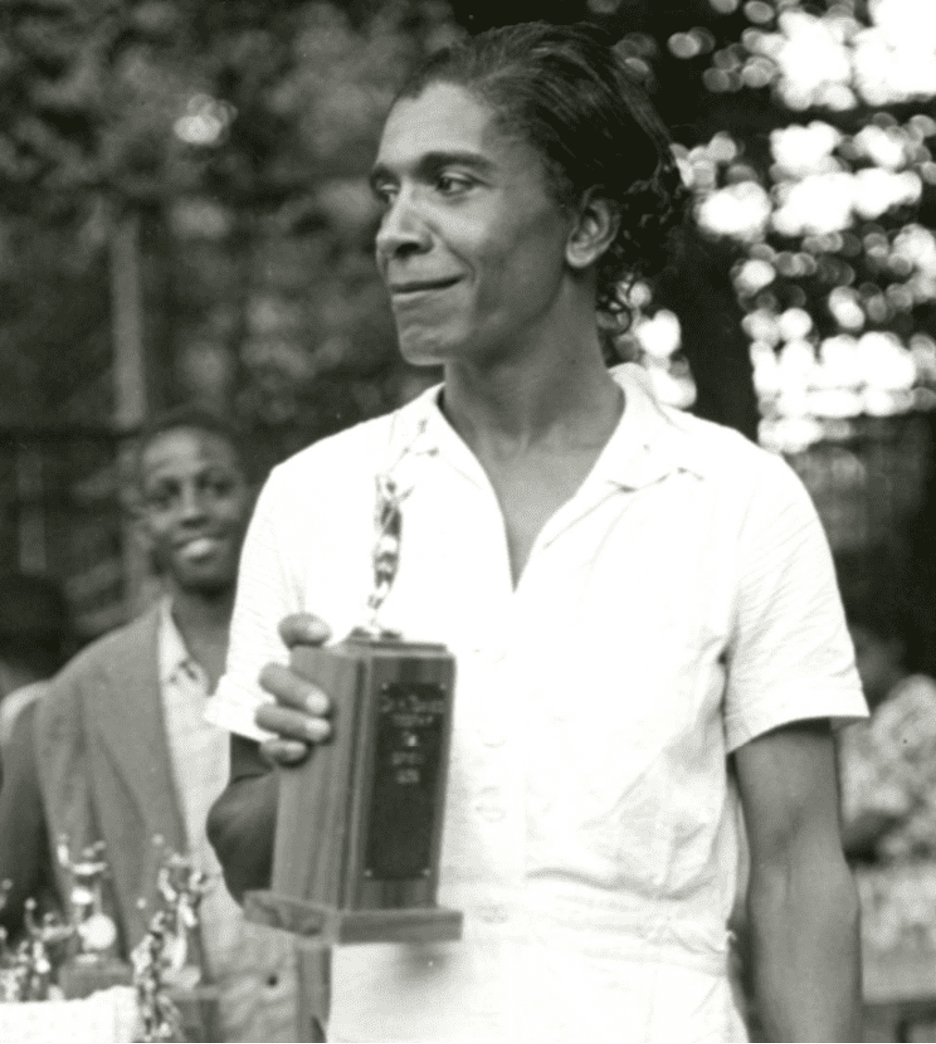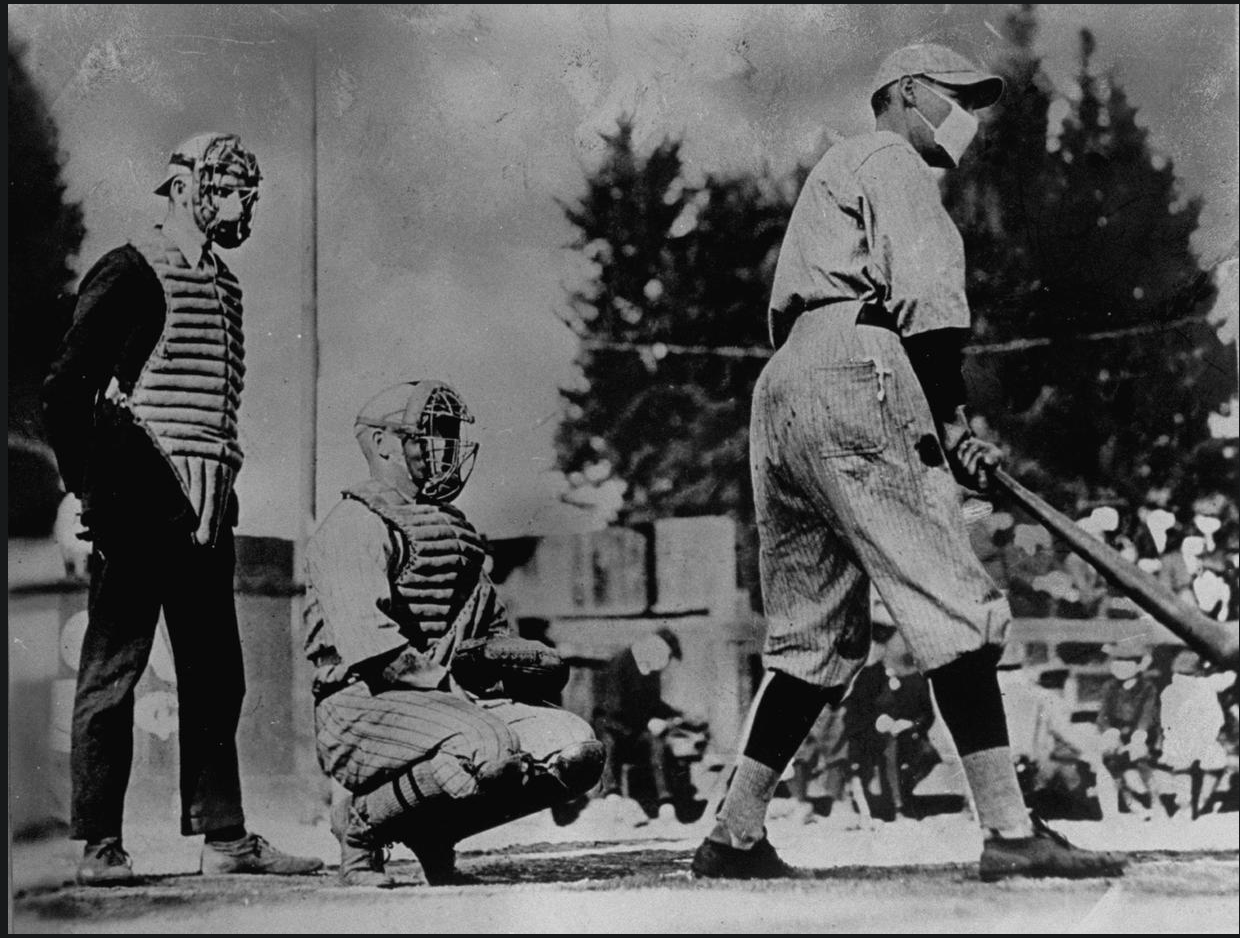By Freddie Brown
When teenagers Leylah Fernandez and Emma Raducanu met at centre court to touch rackets (thanks to COVID-19) at the end of the 2021 U.S. Open Finals, the two unseeded teenagers were part of an historic moment in Women’s Tennis.
Fernandez, a 19 year-old Canadian, and 18 year-old Raducanu from Britain (who won the match 6-4, 6-3) both went on unprecedented runs to reach the Finals. Fernandez defeated defending U.S. Open champion Naomi Osaka, former world number one and three-time major champion Angelique Kerber, the tournament’s fifth seed Elina Svitolina and second seed Aryna Sabalenka on her way to her first Grand Slam Final.
Raducanu became the first-ever qualifier to win a women’s Tennis Grand Slam – something that might never be repeated. For those who don’t follow tennis, Raducanu had to win three qualifying matches at the U.S. Open before she could play in the main draw, and then won seven straight matches without losing a set on her way to her first Grand Slam title.
This was also the first time two teenagers had made the U.S. Open Finals since 1999 when Serena Williams played Martina Hingis. But what also made the 2021 U.S. Open match noteworthy, was it was symbolic of the strides Women’s Tennis has made in becoming an inclusive sport.
Raducanu was born in Toronto, Canada to a Romanian father and Chinese mother. Her family moved to England when she was a baby. She holds British and Canadian citizenship and is fluent in English, Romanian and Mandarin.
Fernandez was born in Montreal, Canada. Her father is from Ecuador and her mother is a Filipino Canadian. Fernandez is also fluent in three languages – English, French and Spanish.
Both these women are part of a growing number of racialized women who are finding great success in women’s tennis.
The racialization of women’s tennis is still a work in progress, but it’s happening at a much more rapid pace than Men’s tennis. If you go to Wikipedia and type in African-American female tennis players, you will find a tab with 45 names in it. Do the same for African-American male tennis players and no such page exists.
A lot of the credit for the changing face of women’s tennis goes to Venus and Serena Williams, whose prominence in the sport from the 1990s until today has made them role models for other racialized young women.
Current Black female tennis players like Coco Gauff, Sloane Stephens, Naomi Osaka, Madison Keys, Taylor Townsend, Sachia Vickery and Whitney Osuigwe all count the Williams sisters as roles models (along with many young tennis players from all backgrounds). At the 2020 U.S. Open a record 12 American Black Women participated in the tournament (compared to 4 American men). A decade earlier at the 2010 U.S. Open, Venus Williams was the only Black women in the draw (Serena was hurt).
But the seeds of this growth go way back to Ora Mae Washington. Born in 1898 in Virginia, she didn’t start playing tennis until she was 26. A year later Washington won her first national tournament and first national championship.
Tennis was racially segregated back then and so Washington only competed against other African Americans on the American Tennis Association (ATA) circuit. The ATA is the oldest Black sports organization in the United States. It was founded in 1916 as a response to the United States Tennis and Lawn Association (USTLA — now the USTA) ban on Black players in their tournaments.
Washington dominated the ATA from 1929 to 1937 winning eight ATA National Crowns in women’s singles. She was also the doubles champion from 1925 to 1936. Washington continued to play until the late 1940s where she added 12 doubles titles (winning her last doubles title at 46 years old) and three mixed doubles championships.
Despite Washington dominating the sport and earning the nickname “Queen of Tennis,” Helen Willis Moody – considered the best white female tennis player during that era, refused to play Washington.
It wasn’t until 1950 when a Black women would be invited to compete in the United States National Championships. Althea Gibson’s invitation to that tournament made her the first African American athlete to cross racial barriers and play international tennis. She was the Jackie Robinson of her sport.
Althea Gibson was also a product of the ATA, winning her first tournament in 1941. She went on to win national championships in 1944 and 1945, then won the first of ten straight national championships in 1947.
It was the ATA, with the support of retired USTLA champion Alice Marble, that lobbied the USTLA to allow Gibson to play in the 1950 U.S. National Championships.
The following year Gibson was playing at Wimbledon and six years later she became the first person of color to win a Grand Slam title at the French Open. In 1957 and 1958 Gibson won Wimbledon and the U.S. Nationals.
Over her career Gibson won 11 Grand Slam Tournaments and was credited with paving the way for Arthur Ashe. As a teenager, Ashe was coached and mentored by Gibson’s coach and mentor – Robert Walter Johnson.

Ashe would go on to win three Grand Slam titles, one of them being the 1975 Wimbledon championship. Katrina Adams was seven years old when she watched Ashe on her black and white TV become the first (and only) Black man to win Wimbledon.
In an online article at thatsister.com, when recalling Ashe’s win, Adams is quoted as saying, “When you see someone that looks like you, there’s a level of appreciation, first of all, and then there’s a level of connection. In that connection you feel embraced. And so, for me, it’s all about empowering and embracing.”
That empowering and embracing feeling Adams felt while watching Ashe win Wimbledon led her to become a great tennis player in her own right.
Adams was a doubles specialist who went on to win 20 Women’s Tennis Association (WTA) doubles titles and in 2015 became the President, Chair and CEO of the United States Tennis Association (USTA). She was the first former player, first African-American and the youngest person to serve as President in the 135-year history of the organisation.
When Adams retired from playing tennis in 1999, that was the same year a 19 year old Venus Williams and 18 year old Serena Williams won the French Open and U.S. Open doubles championships. That same year Serena also won the US Open singles finals.
The accolades of the Williams sisters are too numerous to mention here, but they are considered two of the best tennis players of all time. You could also make the case that Serena may be one of the greatest athletes of all time … period.
And without a doubt they have inspired countless young women of color to pick up a tennis racket, including Leylah Fernandez and Emma Raducanu. But there would be no Williams sisters if not for the sacrifices and successes of the Black women before them.
Those sacrifices and successes begin with Ora Mae Washington and Althea Gibson.
Salut to two amazing Black female athletes who deserve their flowers.




